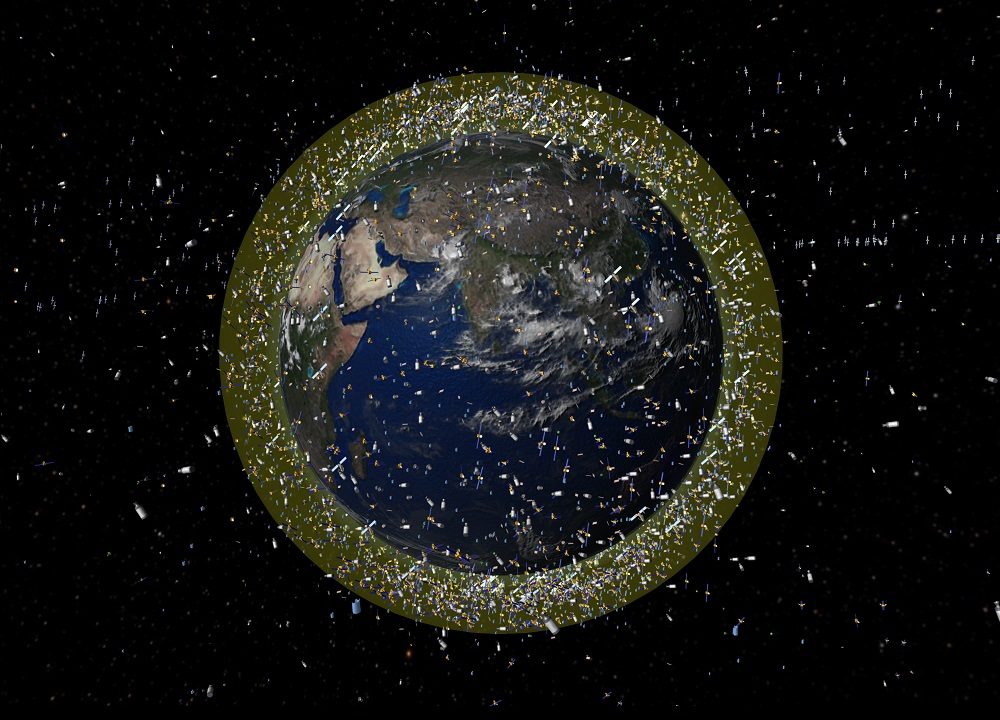Copyright SpaceNews

HELSINKI — Chinese commercial firm StarDetect has raised early funding as it seeks to establish itself as a provider of space domain awareness and satellite computing solutions. StarDetect, which focuses on satellite payloads that embed edge computing, AI, and real-time on-orbit processing capabilities, announced Series A1 and A2 rounds amounting to over 100 million yuan ($13.8 million) in late September. The rounds were led by Wuxi Innovation Investment Group, Yicun Capital, Jiangyin Talent Science and Innovation Angel Fund and Jiangyin High-tech Industry Investment Management, among other investors. While Yicun Capital appears to be a commercial investment firm, the others are state-led or local government investment vehicles. The new capital will be used for business expansion in the Yangtze River Delta region, product technology research and development and mass production, and expansion into emerging application scenarios, according to StarDetect. The company says it will work with industry partners to verify new space-based intelligent application scenarios, including satellite communication optimization, onboard mission planning, space domain awareness (SDA) and space computing. StarDetect was founded in 2020 with a core team of graduates from Tsinghua University and focuses on satellite intelligence and empowering efficient aerospace information services. The company claims to have over 20 payloads in stable operation in orbit, with its products serving multiple commercial satellite constellations. The company plans to offer services and products including a combination of event cameras and onboard computing and AI algorithms to provide SDA solutions. Event cameras, or dynamic vision sensors, differ from traditional frame-based cameras by detecting only changes in brightness at each pixel rather than capturing full images at fixed intervals. This allows them to operate with microsecond-level temporal resolution, high dynamic range, and low data volume. For SDA, event cameras can detect and track fast-moving or faint objects, such as small debris or satellites, against the dark, cluttered background of space far more efficiently than conventional optical sensors. This differs from frame-based optical cameras used for satellite-to-satellite imaging, or non-Earth imaging—as demonstrated by HEO and China’s Jilin-1 constellation and others—by using dynamic vision sensors to detect and track motion or anomalous behavior, rather than capture images. StarDetect aims to provide such solutions at a time when China is building its own megaconstellations and commercial satellite projects, amid wider global growth of spacecraft in low Earth orbit. Its on-orbit data processing could also reduce the need for clients to downlink large volumes of raw data. Other Chinese companies are developing plans for on-orbit SDA capabilities. Geovis Insighter Technology Co. Ltd plans to establish a constellation of 144 SDA satellites, with two experimental satellites to be launched in April 2026, followed by 12 more SSA satellites by the end of that year. Unlike larger firms such as Geovis Insighter, which focus on full constellations and ground-segment integration, StarDetect is emphasizing low-cost, intelligent payloads capable of real-time onboard processing. China has earlier been reported to be developing a dependence on space-based SDA due to its limited global ground sensor network, which is constrained by political factors. The development also highlights the growing diversity of actors in China’s dynamic commercial space sector.



